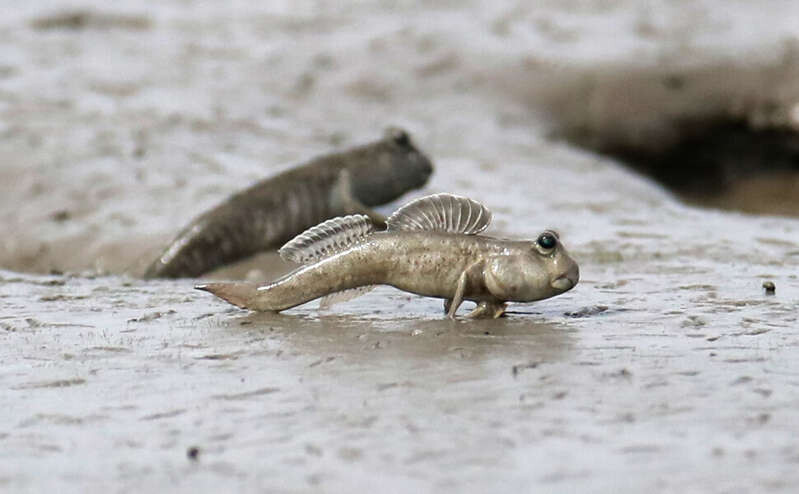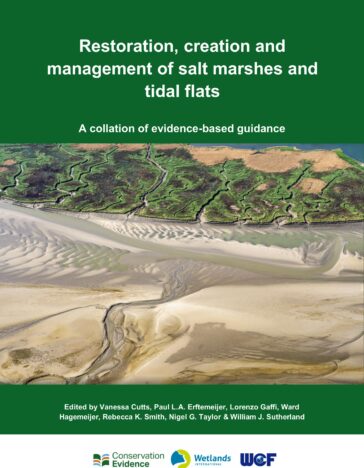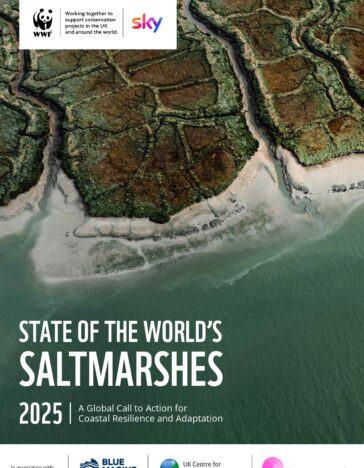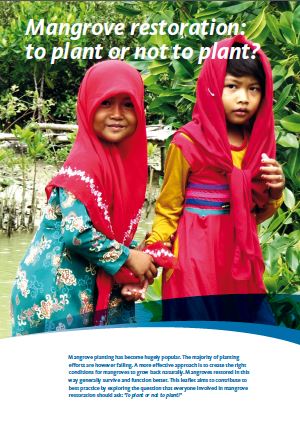
Why planting mangroves in mudflats is a costly mistake
-
Coastal resilience
-
Biodiversity
-
Coasts & Deltas
Mangrove restoration is gaining momentum as a key strategy for coastal protection, climate resilience, and biodiversity conservation. However, the well-intended push to plant mangroves can lead to ecological damage. One of the most harmful mistakes is planting mangroves in mudflats, which are not degraded mangrove areas but vital ecosystems in their own right.
Mudflats are not “empty” spaces waiting to be planted; they are highly productive ecosystems that support unique biodiversity and critical ecological functions. When mangroves are planted in mudflats, they smother these habitats, disrupting the natural balance, displacing vital species, and undermining the very goals of conservation.
These expansive, open tidal areas are often overlooked in coastal conservation efforts, while they are vital ecosystems They provide critical feeding and breeding grounds for migratory birds and support crabs, worms, shrimp and fish nurseries. Beyond seafood, mudflats supply materials for medicine, local crafts and fertilizer.
Mudflats also play a crucial role in coastal processes such as sediment transport and water filtration. Furthermore, they trap carbon and store water, stabilising water supplies. Unlike mangroves, mudflats are naturally dynamic and require open, unvegetated spaces to function properly.
However, well-intended but misguided mangrove planting initiatives are threatening these fragile ecosystems. Businesses and organizations engaged in coastal restoration often assume that all tree planting is beneficial, without recognizing that not all coastal environments are meant to support mangroves.
Destroying what we want to protect
- Many mangrove rehabilitation projects have mistakenly targeted mudflats under the assumption that increasing mangrove cover equals better coastal protection. In reality, forcing mangroves into non-mangrove habitats causes severe ecological disruption
- Many wading birds and shorebirds rely on open mudflats for feeding and roosting. Covering these areas with mangroves deprives them of essential stopover points along migratory routes, contributing to population declines.
- Mudflats play a crucial role in coastal sediment balance. Planting trees in these environments alters hydrodynamics, leading to unintended consequences such as increased erosion elsewhere.
- Mangroves naturally establish in specific intertidal zones with the right salinity, tidal flow, and substrate. When planted in mudflats, they often suffer from high mortality rates, wasting resources and effort.
In some cases, mangrove planting initiatives are even targeting existing, healthy mangrove forests. Instead of restoring degraded areas or allowing natural regeneration, these projects plant new mangroves on top of mature forests, disrupting the natural ecosystem balance. This highlights a widespread problem where the desire to plant more trees is prioritized over ecological understanding.

State of the world’s Saltmarshes
The conservation of saltmarshes is urgent and many saltmarshes are in need of restoration. Globally, these wetlands have already lost nearly half (46.4%) of their historical extent. Between 2000 and 2019 alone, the world saw a net saltmarsh loss of 1,453 km² — an area twice the size of Singapore. Saltmarshes continue to disappear at a rate of 0.28% per year, which is faster than reported for mangroves. More information can be found in the State of the World’s Saltmarshes released this year.
A call for science-based coastal restoration
Successful coastal rehabilitation should be based on ecological principles rather than tree-planting goals. Restoration efforts should focus on areas where mangroves once thrived but have been degraded, rather than targeting non-mangrove habitats. Where possible, protect existing mangrove systems and help mangroves recover naturally, using Ecological Mangrove Restoration approaches. And finally, it is critical to protect and restore salt marshes and tidal flats as crucial ecosystems in their own right, rather than treating them as empty spaces in need of afforestation.
By adopting science-based conservation approaches, we can ensure that both mangroves and mudflats continue to provide their critical benefits for biodiversity and coastal communities. Let’s move beyond the “plant more trees” mindset and focus on true ecological restoration.
Related downloads for more information:
Downloads
Downloads
Downloads
Ward Hagemeijer




